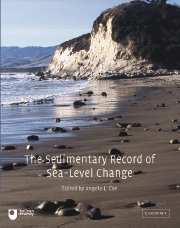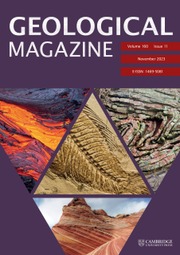Physical Principles of Sedimentary Basin Analysis
Presenting a rigorous treatment of the physical and mechanical basis for the modelling of sedimentary basins, this book supplies geoscientists with practical tools for creating their own models. It begins with a thorough grounding in properties of porous media, linear elasticity, continuum mechanics and rock compressibility. Chapters on heat flow, subsidence, rheology, flexure and gravity consider sedimentary basins in the context of the Earth's lithosphere, and the book concludes with coverage of pore space cementation, compaction and fluid flow. The volume introduces basic, state-of-the-art models and demonstrates how to reproduce results using tools like MATLAB® and Octave. Main equations are derived from first principles, and their basic solutions are obtained and then applied. Separate notes sections supply more technical details, and the text is illustrated throughout with real-world examples, applications and test exercises. This is an accessible introduction to quantitative modelling of basins for graduate students, researchers and oil industry professionals.
- Fully derives key equations and solutions, allowing readers to recreate robust basin models of their own
- Presents examples and applications of simple state-of-the-art models to demonstrate how they have been successfully employed in the real world
- Written by an expert with key experience of creating practical petroleum industry applications
Reviews & endorsements
'… a well-written book and a must read for geoscientists and engineers interested in modeling geological processes. Graduate students, experienced researchers, and experts in the field of geomodeling in the oil and gas industry should recognize this book to be an invaluable resource.' Palaios
'… I recommend this book to all specialists in sedimentary geology (and, particularly, basin analysis), geophysics, tectonics … a new significant contribution to the understanding of the complex Earth dynamics. Well done!' The Sedimentary Record
Product details
March 2018Paperback
9781108446969
544 pages
245 × 170 × 30 mm
0.97kg
245 b/w illus. 28 tables
Available
Table of Contents
- Preface
- Acknowledgements
- 1. Preliminaries
- 2. Properties of porous media
- 3. Linear elasticity and continuum mechanics
- 4. Compressibility of rocks and sediments
- 5. Burial histories
- 6. Heat flow
- 7. Subsidence
- 8. Rheology: fracture and flow
- 9. Flexure of the lithosphere
- 10. Gravity and gravity anomalies
- 11. Quartz cementation of sandstones
- 12. Overpressure and compaction: exact solutions
- 13. Fluid flow: basic equations
- 14. Fluid flow: examples
- 15. Wells
- 16. Appendix: Fourier series, the discrete Fourier transform and the fast Fourier transform
- References
- Index.






